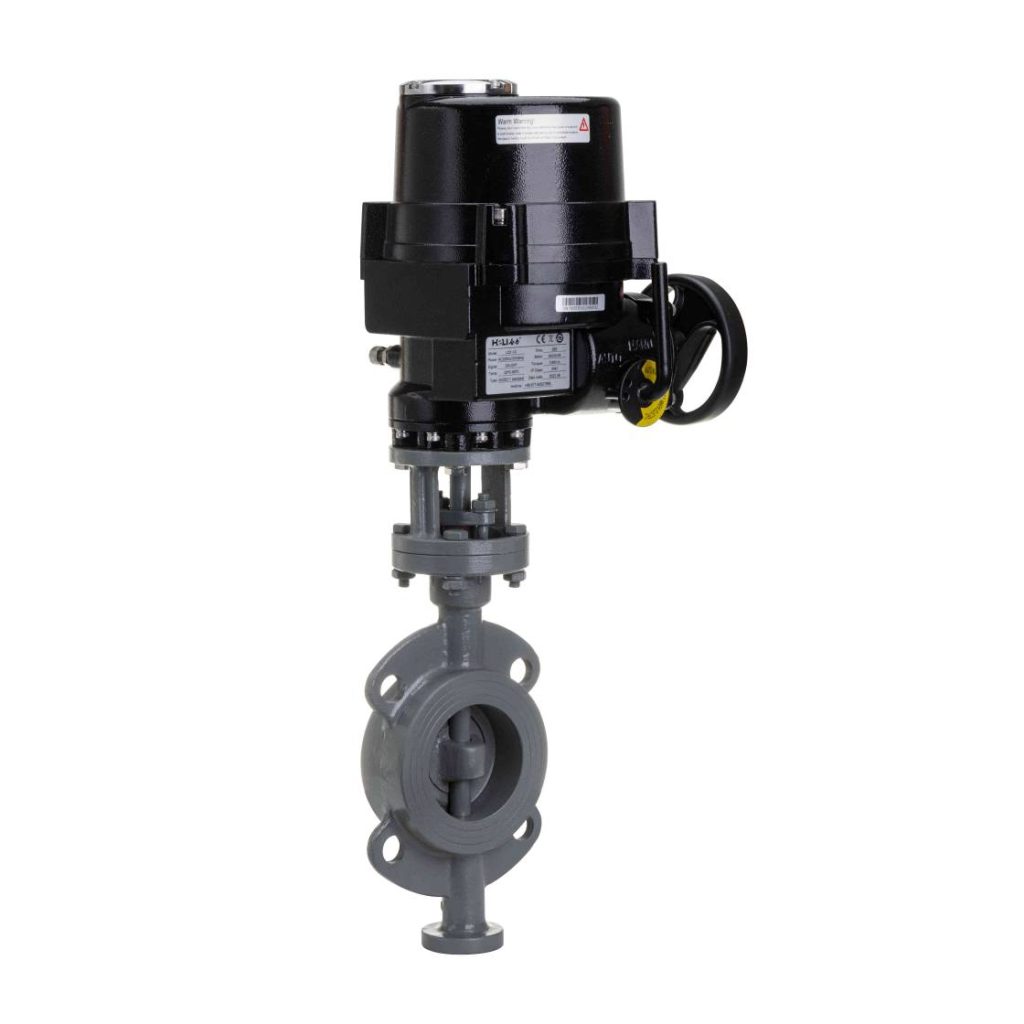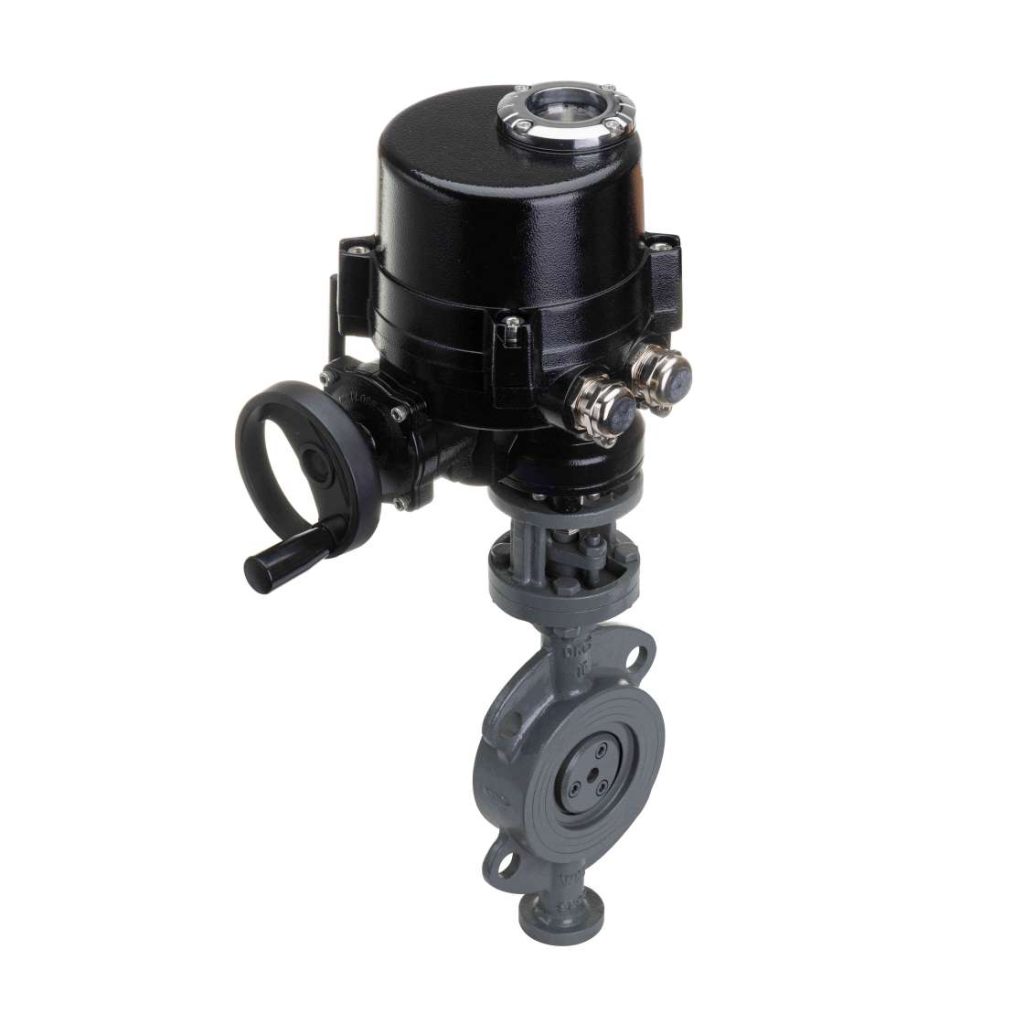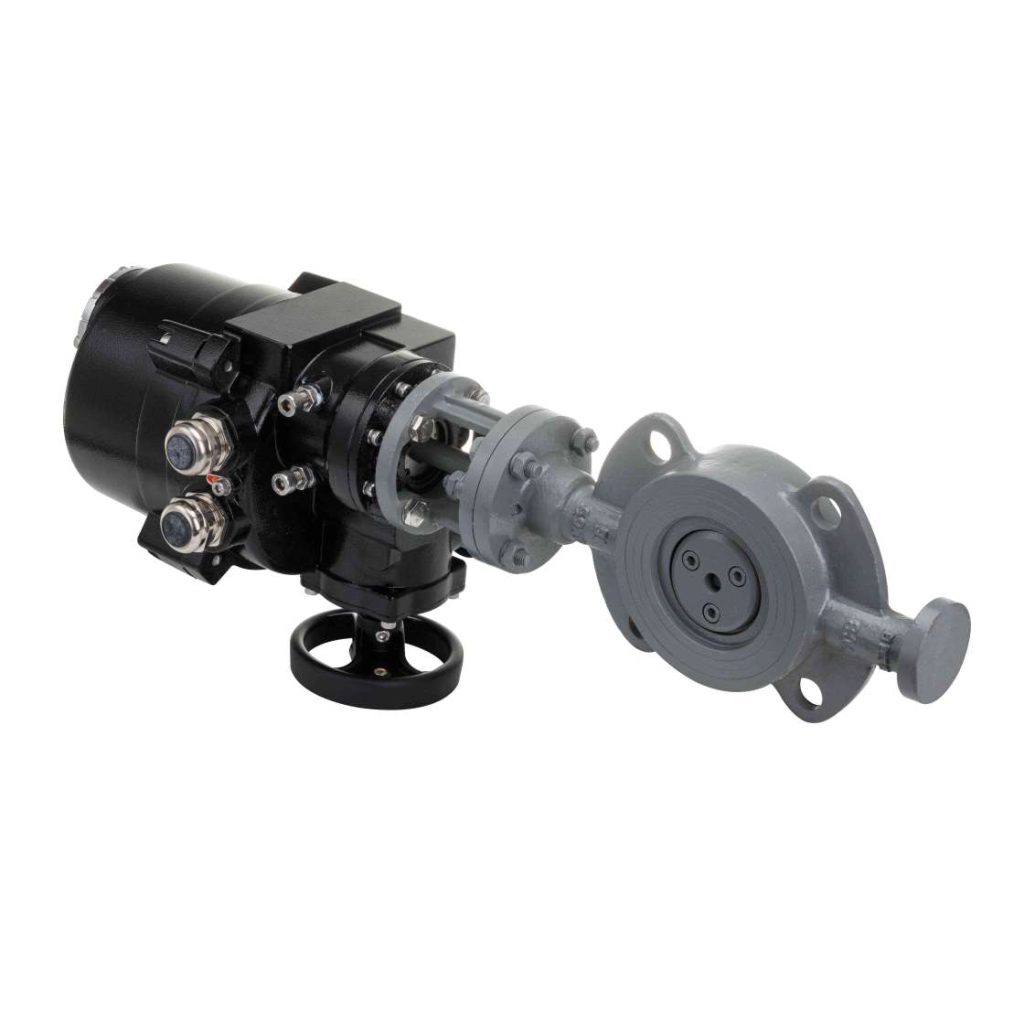The WCB Marine Electric Butterfly Valve is a crucial component in modern marine engineering, offering reliable and efficient control for the flow of various fluids in a wide range of applications. Used predominantly in the marine industry, this type of valve combines advanced materials with cutting-edge electric actuator technology to provide seamless performance in harsh environmental conditions. This article explores the features, benefits, and applications of the WCB Marine Electric Butterfly Valve, shedding light on why it has become a go-to solution for maritime engineers worldwide.

What is the WCB Marine Electric Butterfly Valve?

A butterfly valve is a type of flow control device that consists of a rotating disc (the “butterfly”) which regulates the flow of fluid through a pipe or duct. The WCB Marine Electric Butterfly Valve is a specialized variation of the butterfly valve, designed specifically for marine applications. “WCB” refers to the material of the valve body, which is typically made from carbon steel, offering excellent strength and durability. The electric actuator provides automatic, remote-controlled operation, making it easier to control the valve without manual intervention. This valve design is favored for its compact size, cost-effectiveness, and ease of installation and maintenance. In comparison to other types of valves, butterfly valves generally require less space and are lighter, which is essential for maritime operations where space and weight are at a premium.
